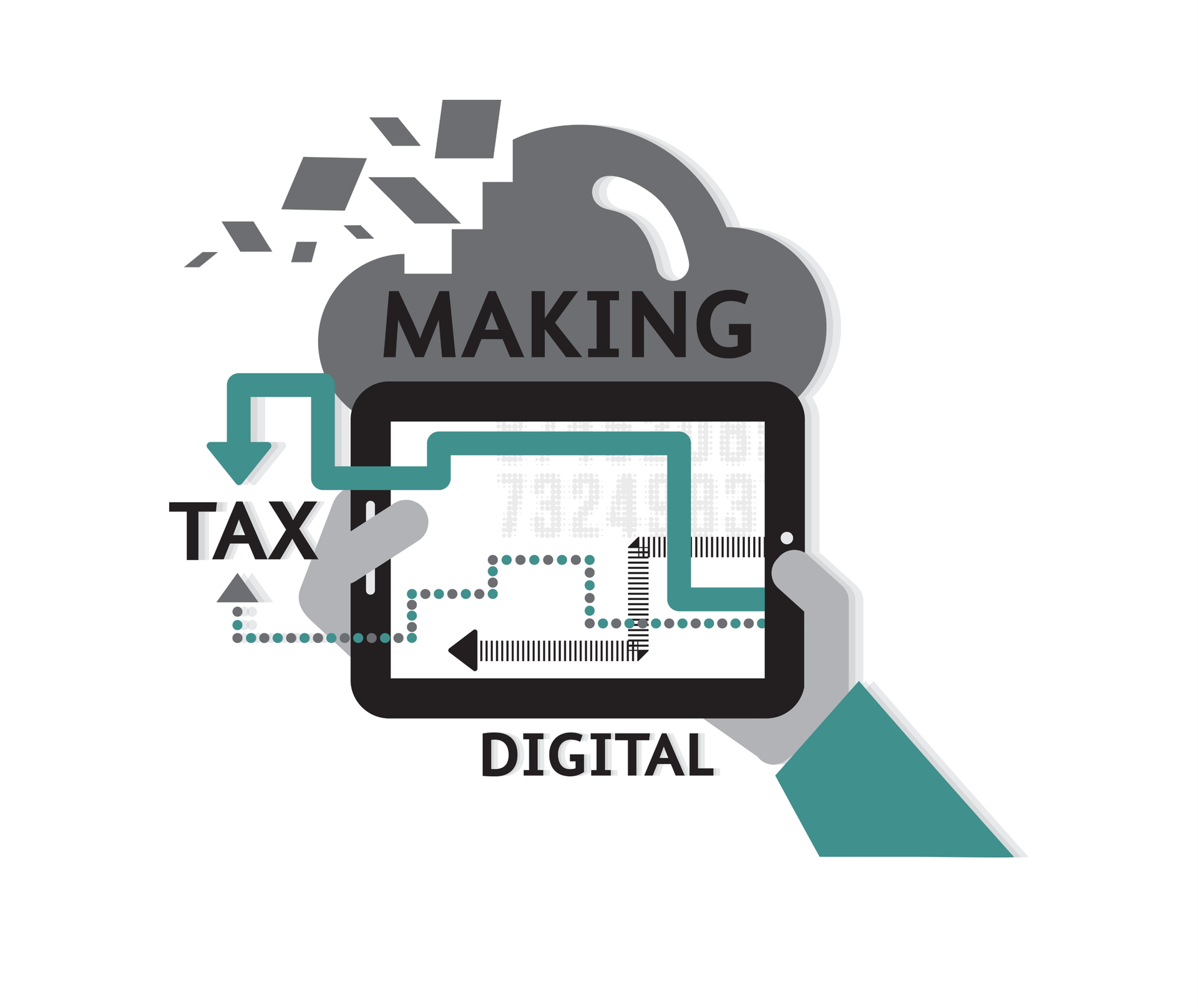
In the dynamic world of managing a business, one of the most critical elements to success is effective cash flow management. Cash flow forecasting is a fundamental tool for business owners to navigate financial challenges and ensure sustained growth.
In this article, we will delve into the importance of cash flow forecasting and talk about what is needed to master this essential financial practice.
Understanding cash flow forecasting
Cash flow forecasting involves projecting future cash inflows and outflows to determine the financial health of a business. By anticipating cash needs and planning accordingly, you can make informed decisions that will help your business avoid potential pitfalls and enable the business to make the best of opportunities.
Why is cash flow forecasting crucial for businesses?
- Anticipating and preventing shortfalls: Unforeseen expenses, or delays in receiving payment are a normal part of business and make it imperative to predict potential cash shortages. A cash flow forecast allows business owners to identify and address issues before they escalate, ensuring that there is always enough cash available to cover essential expenses.
- Strategic decision-making: Cash flow forecasts serve as invaluable tools for strategic decision-making. Whether planning an expansion, investing in new equipment, or hiring additional staff, having a clear understanding of the business's financial position enables you to make informed choices that align with your growth objectives.
- Building credibility with stakeholders: Lenders, investors, and suppliers are more likely to engage with businesses that demonstrate financial stability. Accurate cash flow forecasts instil confidence in them that your business is well managed. They also provide a way for you to communicate and provide reassurance on your business's financial plans.
Steps to master cash flow forecasting
- Gather historical data: Begin by collecting historical financial data, such as income statements and balance sheets. This information serves as a foundation for predicting future cash flows.
- Identify income sources: List all potential sources of income, such as sales, loans, or investments. Estimate the timing and amounts of these income sources. Be realistic rather than optimistic in your estimating. Consider too whether the income will repeat regularly or not.
- Track fixed and variable expenses: List all expenses and split them between those that are fixed and those that are variable. Fixed costs are those that remain constant, such as rent and utilities. Variable costs on the other hand will fluctuate, for example, raw materials or staff costs. Estimate the amount of these costs. The temptation can be to minimise the amount of these expenses, but again, be realistic in your estimating.
- Consider seasonal trends: If applicable, account for seasonal fluctuations in your business. Adjust your forecast to reflect periods of increased or decreased demand. This will help you ensure your business can navigate both peak and off-peak seasons.
- Account for contingencies: Factor in unexpected events. It is not possible to plan for every possible scenario, and considering too many possible negative factors can discourage you from taking any positive steps. The point is just to build some contingencies into your forecast so that you have a buffer against unforeseen challenges.
- Compare and update regularly: A static cash flow forecast becomes obsolete quickly. Regularly compare your actual results to your forecast to help understand why any differences have occurred and if needs be, alter behaviours to improve future outcomes. Regularly updating your projections based on actual performance will allow you to refine your forecasting techniques and adapt to any changes.
- Use technology: Use your accounting software and financial tools to streamline the cash flow forecasting process. These tools can automate data entry, track expenses, and generate accurate forecasts, saving you time and reducing the margin of error.
In conclusion, cash flow forecasting is indispensable for business owners. Clearly understanding the cash position of your business and accurately projecting future cashflow will give you greater confidence. A robust cash flow forecasting system empowers you to make informed decisions, build credibility with stakeholders, and ensure long-term financial stability.
What next?
Please talk to us if you would like any help in this area. We have tools and resources that can assist you with your cashflow forecasting.
The information provided in this blog is for general informational purposes only and should not be considered professional advice. As far as we are aware, the content is accurate at time of publication. Torgersens assumes no responsibility for errors or omissions in the content or for any actions taken based on the information provided.




.jpg)



